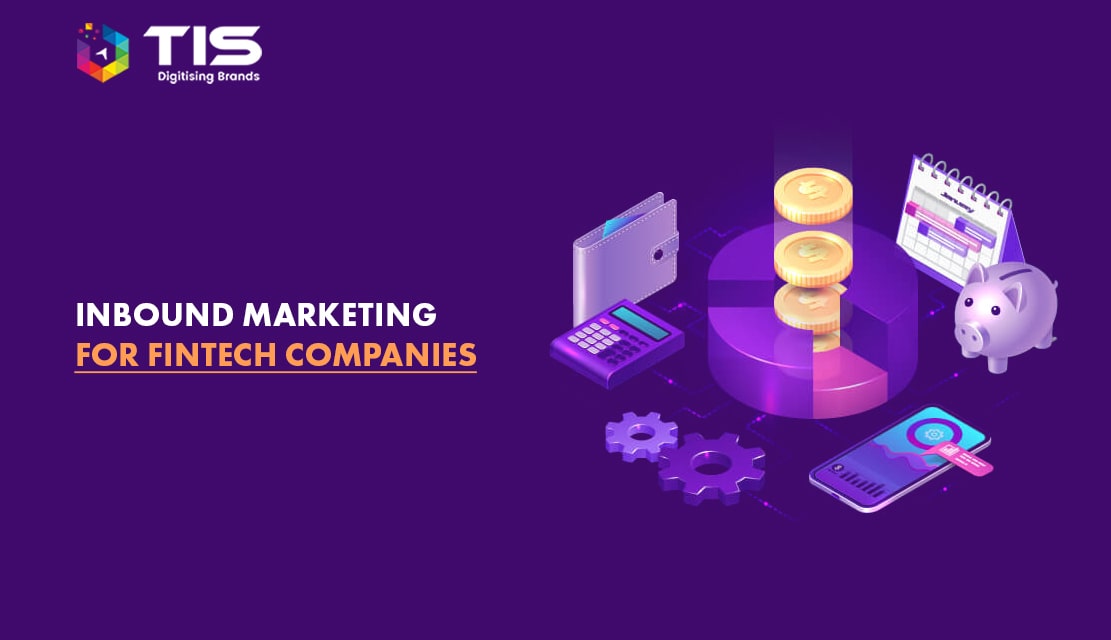
The financial services vertical is witnessing tectonic shifts because of disruptive innovations. Three policy design parameters are driving the growth of FinTech in emerging economies. First, governments in emerging economies are moving towards “less cash” economies because of the discrepancies displayed by the cost of cash model.
Second, the financial inclusion agenda needs the creation and leveraging of digital platforms for payments banks to reach people in geographical terrains that are left untouched by brick and mortar bank branches due to a lack of economic feasibility.
Third, the expenditure approach to national income accounting is replacing the traditional way of income and value addition-based approaches. The expenditure approach to national income accounting offers advantages over the two traditional counterparts in monitoring consumer spending, liquidating black income, and shifting the taxation paradigm from income taxes to expenditure taxes to augment saving and capital formation.
In 2023 challenges exist and impose constraints on the FinTech vertical’s growth. TIS, the leading digital services consulting company does a dissection of the FinTech vertical’s anatomy to show that inbound marketing is the way forward to navigating these challenges.
The first challenge facing the Fintech vertical in emerging economies is the necessity for customer-led product development. The first part of the customer journey at least if not the entire journey is taking place on digital platforms and devices unaided.
Customers are using their personal computers and smartphones to search for financial products, mobile apps, and payment interfaces for faster, safer, and seamless transaction experiences. A responsive website design, fast loading time, and user-friendly interface are the basic minimum requirements to cater to the digital customer.
Organic search functions like SEO (search engine optimization) and a content distribution strategy based on insightful competitor analysis and keyword research are imperatives to augment the search potential of fintech brands.
Reaching out to the customers in the market through traditional forms of advertising has high costs, yields low returns on investment and is not precision-targeted to reach the prospects. Shifts in the business regulatory framework in emerging economies and greater stress on data privacy are exerting pressures on traditional methods like cold calling.
Fintech brands find it challenging to navigate the high cost per lead and the impending pressure on margins. Organic search engine optimization and social media optimization can enable Fintech brands to reduce cost per lead while providing them with better quality leads with a higher probability of being converted.
The next challenge for fintech firms is to curate the customer relationship management strategy to empower customers. The crux of the use of inbound marketing strategy is to empower customers to do the talking and shift the focus from customer relationship management to customer-managed relationships.
This enables customers to be proactive and engage in conversations on social media platforms, share feedback on products, ask questions and offer opinions on online surveys. The millennial generation customers are accustomed to near real-time user experiences and want things on demand, then and there. Inbound marketing on social media platforms and websites with chat boxes for instant responses is the way to go for fintech brands.
A major block in the emerging economies stems from the mistrust and lack of transparency toward new-age financial enterprises and fintech brands.
This owes itself to the lack of product knowledge and an inherent assumption of rocket science knowledge being a prerequisite to transact on payment interfaces, use payment banks, online money transfers, social media banking, and digital wallets.
This calls for fintech brands to augment the search potential of their websites, and leverage mobile app store optimization for app marketing using inbound digital marketing to enable users to explore new-age financial products.
Banks and financial enterprises are leveraging social media marketing to market and distribute products to customers. Content marketing on Facebook and Google Plus enables segmentation, real-time marketing, reduced acquisition costs, and faster time to market.
BFSI enterprises are leveraging Facebook to aid design thinking for new product development by engaging in conversations with their customers. Banks are allowing customers to access their bank accounts through Facebook accounts for wire transfers, monitoring of credit card bills, and sorting the most voted and popular features to innovate products.
Utilities like ISPs, telecom, and energy distribution companies need to engage in recurring billing and invoicing. Banks are integrating features for recurring utility payments to mobile apps. It allows users to make payments by accessing their social media accounts.
While the deployment of digital marketing in the BFSI vertical has begun to gain traction, policy design and business regulations are still evolving. With the right momentum, it should not be too difficult for financial enterprises to reimagine financial inclusion and cashless economies faster than we think.
At TIS, we are enabling fintech brands to grow their business with digital strategy consulting to create an ecosystem that has the end-user at the center with all marketing channels directed towards the latter to open new avenues of engagements, insights, and sales. If we talk about the leading digital services consulting companies, TIS is among the top few which gives you the insight on key drivers and business areas which denote the major disruptions being caused by digital marketing.
I hope this guide was helpful for you and now you have a more clear idea about handling your digital marketing campaign and policies.